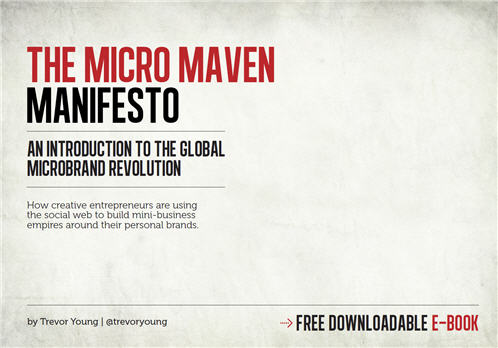Social Media and the Future: Keynote slides at CIO Summit
This afternoon I am giving a keynote on Social Media and the Future at the Australian CIO Summit in the Gold Coast.
Here are the slides from my presentation. As always, my keynote slides are shared with the proviso that they are designed to accompany my presentation and are NOT intended to be useful on their own. However you might find them of interest.
To provide just a little context on the flow of my keynote:
Read more →

